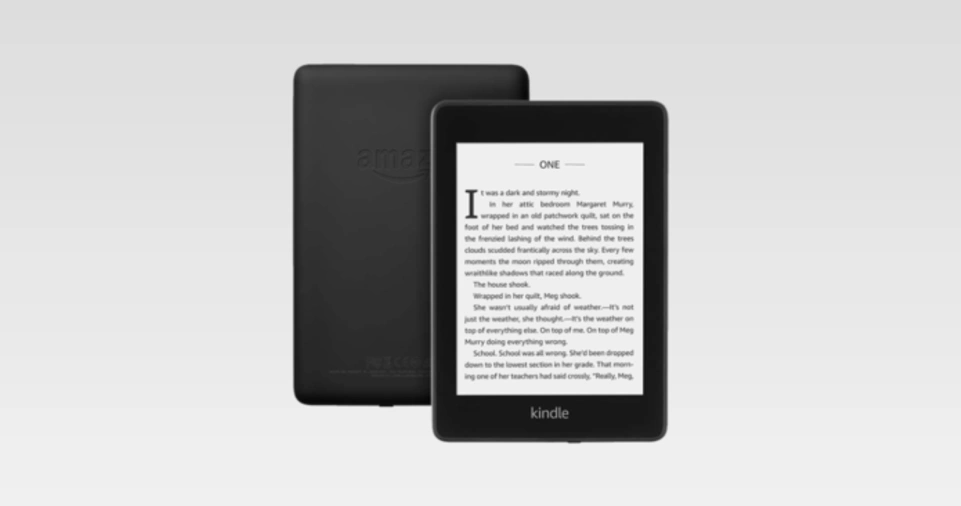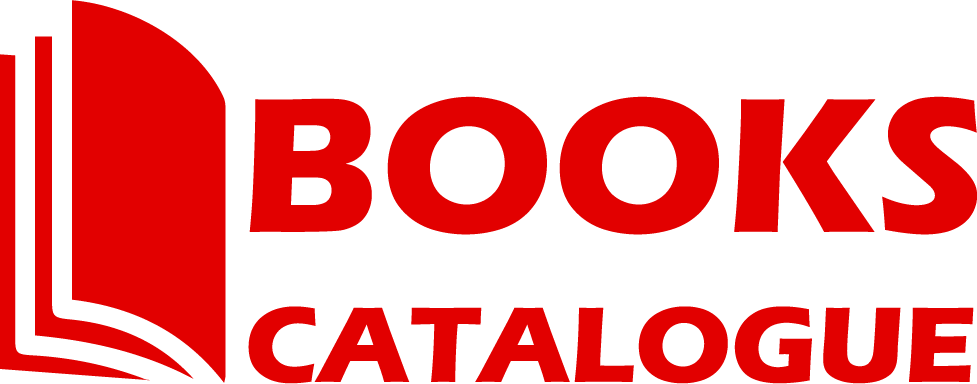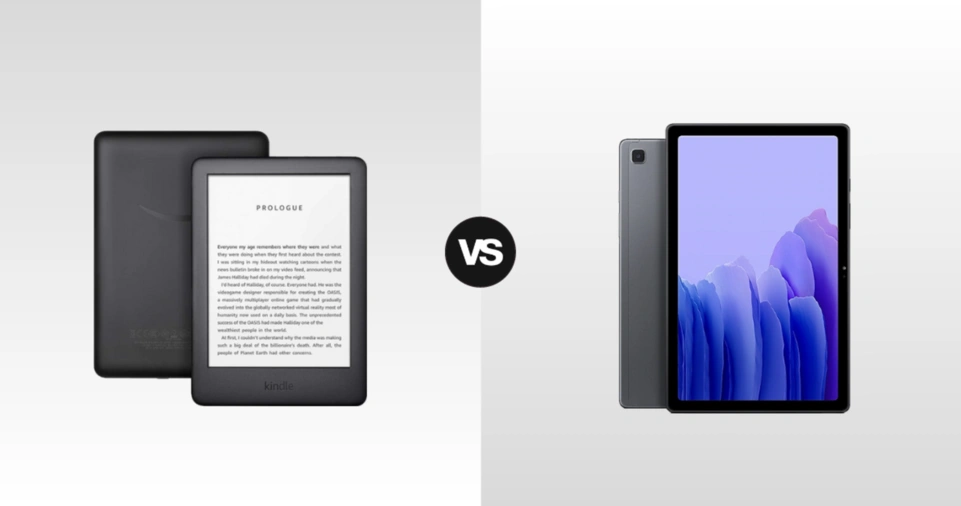When it comes to choosing a portable device for reading or entertainment, the debate often boils down to two options: e-readers and tablets.
Both serve as excellent tools for consuming digital content, yet they cater to vastly different needs.
E-readers are celebrated for their simplicity, offering a distraction-free reading experience.
Tablets, on the other hand, are versatile, multifunctional devices capable of handling everything from reading to gaming, streaming, and productivity tasks.
But which one is the right fit for you? This decision depends on several factors, including your reading habits, lifestyle, and how you intend to use the device.
In this detailed guide, we will break down the differences between e-readers and tablets, analyzing their features, advantages, and limitations to help you make an informed decision.
Whether you’re an avid bookworm or someone seeking a device for entertainment and work, this article will provide the insights you need to choose wisely.
What Is an E-Reader?
An e-reader is a device specifically designed for reading digital books, also known as e-books.
These devices typically feature E-Ink displays, which closely mimic the appearance of paper.
This technology is a game-changer for those who spend hours reading, as it reduces eye strain and provides a more natural reading experience compared to traditional screens.
Popular e-readers like the Amazon Kindle, Kobo, and Nook are compact, lightweight, and purpose-built for reading, making them ideal companions for book lovers.
Key Features of E-Readers
- E-Ink Display: Offers a paper-like reading experience with minimal glare, even under direct sunlight.
- Long Battery Life: Can last for weeks on a single charge due to low power consumption.
- Lightweight and Portable: Designed for easy handling and travel.
- Storage Capacity: Can store thousands of e-books, allowing you to carry an entire library in your pocket.
- Special Features: Some models include adjustable lighting, waterproofing, and note-taking capabilities.
What Is a Tablet?
A tablet is a multifunctional device that serves as a hybrid between a smartphone and a laptop.
Equipped with LCD or OLED screens, tablets are designed for a wide range of activities, including web browsing, video streaming, gaming, and productivity tasks.
Popular models like the Apple iPad, Samsung Galaxy Tab, and Microsoft Surface provide access to a broad ecosystem of apps, making them suitable for users who need a versatile device.
Key Features of Tablets
- High-Resolution Displays: Bright and colorful screens ideal for multimedia consumption.
- Powerful Processors: Capable of handling demanding tasks such as video editing, gaming, and multitasking.
- App Ecosystem: Access to millions of apps for productivity, entertainment, and more.
- Connectivity: Often include Wi-Fi, Bluetooth, and cellular options for staying connected.
- Accessories: Compatible with styluses, keyboards, and external displays for enhanced functionality.
Understanding Display Technology: A Comparison of E-Readers and Tablets

E-Readers vs. Tablets: A Detailed Comparison
Display Technology
E-Readers:
E-readers are equipped with E-Ink displays, a technology that closely resembles printed paper.
These screens are designed to reduce eye strain, even during prolonged reading sessions.
Unlike traditional LCD or OLED screens, E-Ink displays are not backlit, which means they do not emit blue light—a common cause of digital eye fatigue.
Additionally, these screens perform exceptionally well in direct sunlight, making them ideal for outdoor reading.
Tablets:
Tablets use LCD or OLED screens, which are vibrant, colorful, and perfect for multimedia content.
While these displays are excellent for watching videos or playing games, they can cause eye strain during extended reading sessions due to their brightness and blue light emission.
However, many tablets now include features like dark mode and blue light filters to mitigate these issues.
Verdict:
If you prioritize long hours of comfortable reading, an e-reader is the better choice. For those who need a device for multimedia use, tablets offer unmatched display quality.
Battery Life
E-Readers:
One of the standout features of e-readers is their exceptional battery life.
Thanks to the energy-efficient E-Ink technology, e-readers can last weeks—or even months—on a single charge.
This makes them perfect for avid readers who don’t want to worry about frequent charging.
Tablets:
In contrast, tablets typically offer battery life ranging from 8 to 12 hours, depending on usage.
Heavy tasks such as video streaming, gaming, or multitasking can drain the battery faster.
Frequent charging is often necessary, especially for users who rely on their tablets throughout the day.
Verdict:
For uninterrupted reading and minimal charging, e-readers are the clear winner. Tablets, while versatile, require more frequent charging.
Portability
E-Readers:
E-readers are incredibly lightweight and compact, often weighing less than 200 grams.
Their slim design makes them easy to carry in a bag or even a pocket. This portability is a significant advantage for travelers or commuters who love to read on the go.
Tablets:
Tablets, while portable, are generally heavier and bulkier than e-readers.
Larger screens and additional hardware components contribute to their weight, making them less convenient for one-handed use or extended carrying.
Verdict:
For maximum portability and ease of use, e-readers take the lead. Tablets offer portability but may feel cumbersome compared to e-readers.
Content and Functionality
E-Readers:
E-readers are primarily designed for reading e-books, PDFs, and digital magazines.
They support various formats like EPUB, MOBI, and PDF, and offer access to vast libraries through platforms like Amazon Kindle Store, Kobo Store, and OverDrive.
However, their functionality is limited to reading, with minimal support for apps or multimedia.
Tablets:
Tablets provide a comprehensive content experience. In addition to e-books, they support apps, videos, games, and productivity tools.
Popular apps like Kindle, Apple Books, and Google Play Books allow tablets to function as e-readers while offering additional versatility for other tasks.
Verdict:
If reading is your sole priority, an e-reader’s simplicity is unmatched. For users seeking a multipurpose device, tablets provide a broader range of content and functionality.
Cost
E-Readers:
E-readers are relatively affordable, with basic models starting around $80 to $150.
Premium models with features like waterproofing, larger screens, and advanced lighting can cost upwards of $250.
Tablets:
Tablets have a wider price range. Budget models start at $100, while high-end devices like the iPad Pro or Microsoft Surface can exceed $1,000. Accessories like keyboards and styluses add to the overall cost.
Verdict:
E-readers are more budget-friendly for users focused on reading. Tablets are an investment for those who need a versatile device.
ALSO READ: How to Get the Most Out of Audiobooks: A Beginner’s Guide
Conclusion: Which Device Is Right for You?
Choosing between an e-reader and a tablet ultimately depends on your specific needs and preferences.
If you are an avid reader seeking a distraction-free, eye-friendly device with long battery life and portability, an e-reader is the ideal choice.
However, if you require a versatile gadget for reading, streaming, gaming, and productivity, a tablet is the better investment.
Evaluate your priorities, consider your budget, and make the decision that aligns with your lifestyle.
Both devices have their strengths, ensuring that there’s an option for every type of user.

